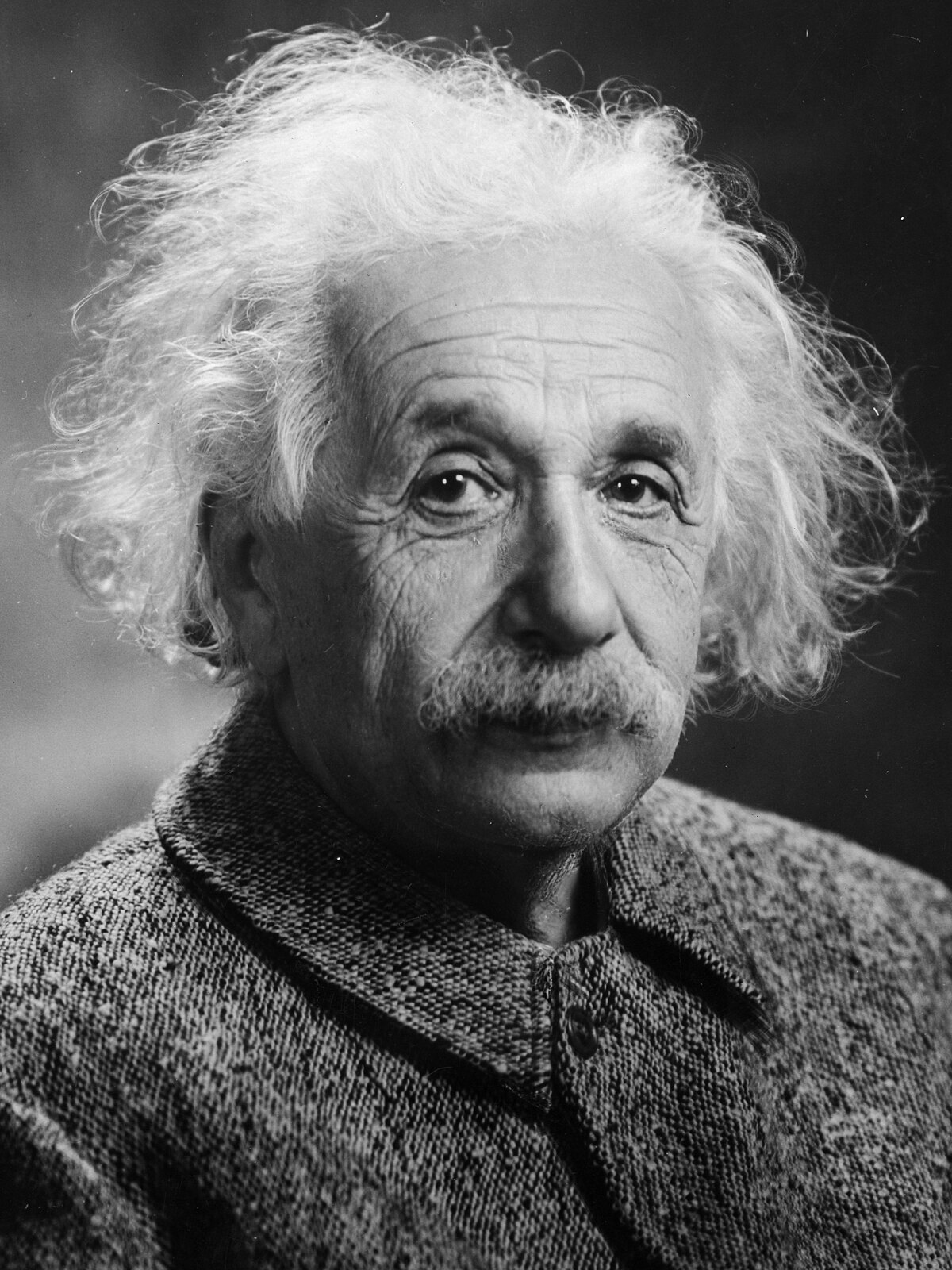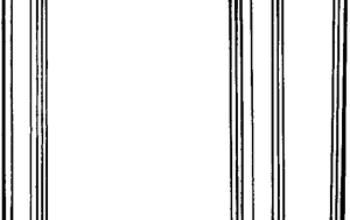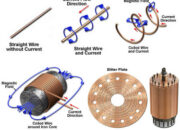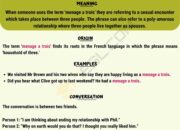In a remarkable convergence of destiny and scholarly inquiry, a long-lost manuscript attributed to the eminent physicist Albert Einstein has resurfaced on the platform arXiv, igniting fervent speculation across the scientific community. This document, seemingly laden with the potential for radical insights, revisits the concept of time travel—a subject that has occupied the imaginations of both physicists and science fiction enthusiasts alike. The implications of this paper may not only challenge our understanding of time itself but also compel us to reconceptualize the framework within which we interpret causality and temporal sequencing.
The narrative of time travel has oscillated between the realm of the ephemeral imagination and the rigorous scrutiny of theoretical physics. The paper in question proposes an audacious reinterpretation of Einstein’s theories on relativity and gravitational fields. At its core, it suggests that time, much like a sine wave, is not merely a linear continuum but rather a complex, oscillatory phenomenon capable of bending under certain conditions. This metaphorical imagery aligns with our perception of waves, which are comprised of peaks and troughs—moments of existence that rise and fall, shaping our understanding of reality.
Einstein’s original paradigm of relativity revolutionized our perception of spacetime, proposing that time is not a static backdrop against which events unfold but rather an integral component of the fabric of the universe. In this new manuscript, Einstein purportedly explores exotic solutions to the equations of general relativity, focusing on hypothetical constructs such as closed timelike curves (CTCs)—theoretical configurations that would enable an object to return to its own past, akin to the ever-unfolding layers of an onion. Each layer reveals a different temporal reality but remains bound to the essence of the original state.
The mathematical treatment of time travel proposed in this manuscript invokes a synthesis of advanced theoretical frameworks and experimental curiosity. In delving into CTCs, Einstein grapples with the ontological paradoxes that arise—most notably, the causal loops they engender, which challenge our intuitive grasp of temporal order. Imagine a narrative wherein a character might meet their younger self, inadvertently altering their fate—a conundrum that stirs the waters of philosophical inquiry. If time is non-linear, it may suggest that all moments coexist, interwoven in a tapestry of possibilities, juxtaposed against the mundanity of linear perception.
Moreover, the paper posits potential mechanisms through which such temporal phenomena could be realized, contemplating the effects of extreme gravitational fields or the theoretical existence of wormholes—hypothetical gateways that could bridge disparate points in spacetime. Here, Einstein’s musings transcend mere mathematical abstractions; they beckon us to ponder our own temporal existence and the implications of its malleability. The concepts explored might evoke images of cosmic highways, linking points across time and space, inviting one to traverse the very essence of being.
In the annals of physics, the adoption of whimsical analogies is not merely a stylistic flourish; it serves to illustrate profound theoretical underpinnings that are often obscured by mathematical formalism. One might draw parallels with how a time traveler navigates a river, where various tributaries represent alternative timelines branching from pivotal moments. This metaphor elucidates the concept of branching futures and the tantalizing possibility of influencing outcomes through choices made in the present—a reflection of our intrinsic longing to alter fate.
As the academic community examines the implications of this newly unearthed manuscript, there lies an acute awareness of the ethical ramifications associated with the potential for time travel. If one were able to voyage through time, the ripple effects of any intervention could be catastrophic, reminiscent of the butterfly effect postulated in chaos theory. Each act—however benign—could reverberate through the continuum of time, potentially leading to unforeseen consequences.
The themes articulated in Einstein’s paper reverberate beyond the confines of theoretical physics; they compel us to reconsider what it means to exist within a temporal framework. As society grapples with the acceleration of modern life, the quest for understanding time has never been more pertinent. Are we mere passengers, flotsam on the river of time, or do we possess agency over our trajectories? This exploration of time travel is not solely an academic curiosity; it acts as a mirror reflecting our deepest aspirations, fears, and the relentless pursuit of knowledge.
As we stand on the precipice of deeper inquiry into this provocative thesis, it is essential to uphold a spirit of rigorous skepticism balanced with an appreciation for the imaginative leaps that define scientific progress. The intersection of speculation and empirical evidence serves as a crucible for innovation; each idea—no matter how bizarre—has the potential to unravel the mysteries of our universe. Whether this long-lost paper leads to revolutionary advancements or remains a tantalizing hypothesis, the quest for understanding time continues to enrich the fabric of physics and, by extension, our human experience.
In conclusion, the revelations within Einstein’s manuscript, now reawakened from the annals of obscurity, stand as a testament to the enduring impact of scientific inquiry. With each passing moment, we inch closer to unraveling the enigma that is time and, perhaps, unlocking the door to realms beyond our current comprehension. Time travel, while still firmly placed within the realm of theoretical exploration, beckons the curious mind to ponder the infinite possibilities that lie ahead.












